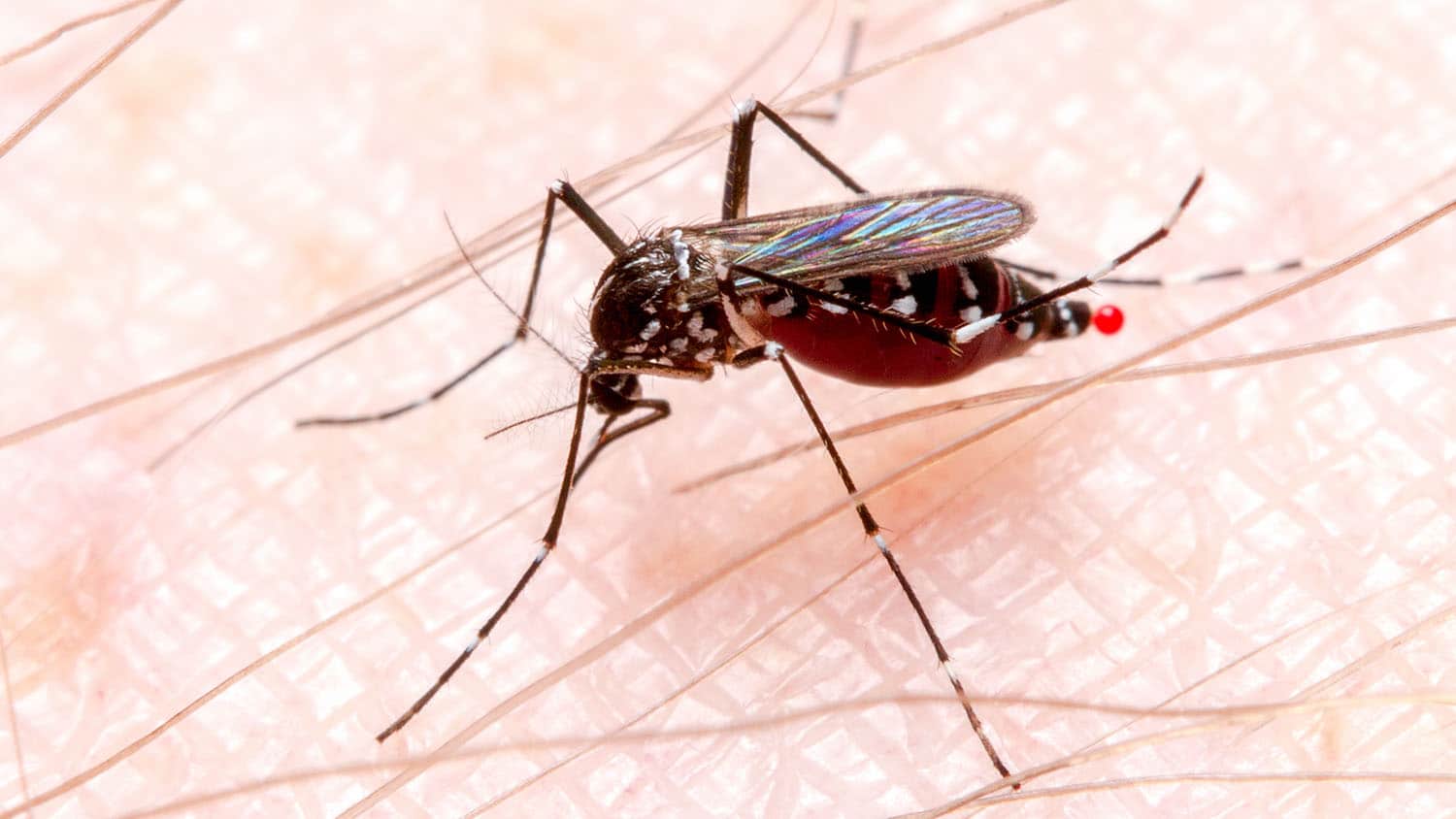Fire ants can inflict a painful sting and their colonies can be enormous. But why do their stings hurt so bad? How big can their colonies get? And what can we do to get rid of them?
Where Do Fire Ants Come From?
There are more than 20 fire ant species around the world, including at least four species that are native to the United States. But when most people think of fire ants, they are thinking specifically of Solenopsis invicta, also known as the red imported fire ant (RIFA).
Originally from northern Argentina, invicta was first observed in the U.S. near Mobile, Ala., in the late 1930s or early 1940s. The species now spans from coast to coast in the southern U.S., and as far north as Virginia and Missouri. But it hasn't stopped there. In recent decades, invicta has spread to Australia, China and Taiwan from the U.S.
How Big Can Fire Ant Colonies Be?
One reason invicta is so problematic is that the species forms large colonies - up to 300,000 workers in a colony with one or more queens. In single-queen colonies, a colony will typically occupy a single mound, but at times "satellite colonies" can form. (They don't quite reach outer space, but groups of semi-independent workers can spread out.) This behavior can bolster a colony's numbers further, making eradication challenging. Because these colonies are fiercely territorial, the mounds have to be spaced apart. Still, researchers have found densities as high as 100 single-queen mounds in a single acre.
In colonies with multiple queens, which spread across multiple mounds, there can be upwards of 1,000 mounds on a single acre. Since each mound is home to hundreds of thousands of workers, we're talking about millions of fire ants.
RIFA workers are omnivorous and aggressive. If you disturb their mound, they will come pouring out (don't kick a fire ant mound). But they are also active foragers. So if you are simply standing near a fire ant mound, they'll find you. Researchers have found that if you place a dead cricket on the ground in the general vicinity of a mound, the ants will be on it in 15 seconds or less.
While fire ants primarily eat other insects and plant matter, they'll also consume larger prey - including vertebrates that aren't able to get away, such as nestlings.
What's in Ant Venom? (Or, Why Do Fire Ant Stings Hurt?)
When defending their mounds or attacking prey, fire ants use the stingers on their abdomens. Each sting injects a venom made primarily of alkaloids that are cytotoxins - meaning the venom kills the cells it comes in contact with. Researchers at NC State have actually recorded these stings in slow motion. If you're stung, it feels like you're being burned. White blood cells then rush to the site of the sting, and pustules form. These pustules can itch for up to a week and may even produce scar tissue.
And due to their aggressive nature, victims are rarely stung once. Unlike bees, fire ants can sting repeatedly. Ants also usually swarm intruders and prey. As a result, victims are typically stung multiple times by multiple ants.
Worse still, the venom also contains trace amounts of proteins. Some people are highly allergic to these proteins and go into anaphylactic shock when stung. Every year there are severe cases in which people die as a result of fire ant stings. Even without fatalities, nearly one-third of people living in areas with established RIFA populations will be stung each year. (To learn more, check out NC State's factsheet on RIFA biology & behavior.)
How Do I Get Rid of Fire Ants?
What can you do to fend off fire ants? First off, you can avoid so-called "home remedies." They don't work. For example, some people swear that running over a mound with a lawnmower will wipe it out. Wrong. When a mound is disturbed, a colony builds a new mound. Because they abandon the original mound site, it might look like you killed them. But all you really did with your lawnmower was: A) run the risk of getting a lot of fire ant stings; and B) force the colony to build a new mound a few yards away.
There are, however, effective pesticides that can be used against fire ants. It's worth noting that the use of essential oils is not an effective way to eliminate fire ants, and will ultimately just make the ants smell nice while they sting you.
Unfortunately, if you live in an area where fire ants colonized your yard in the first place, they will almost certainly come back. It's an ongoing battle.
To stay up to date with new and emerging information on RIFA, and other pests, download the NC State Urban Extension app – WolfPest.
Note: Many thanks to Chris Hayes, entomologist and extension associate at NC State, for taking the time to talk to me about fire ants. Any errors in the above post are mine alone.
Related

All About Annoying Summer Pests
Learn how to protect yourself from arthropod pests, from ticks and mosquitos to termites and carpenter bees.






